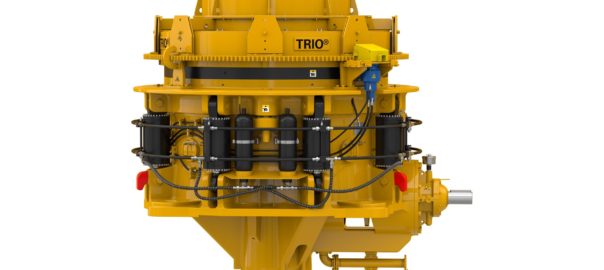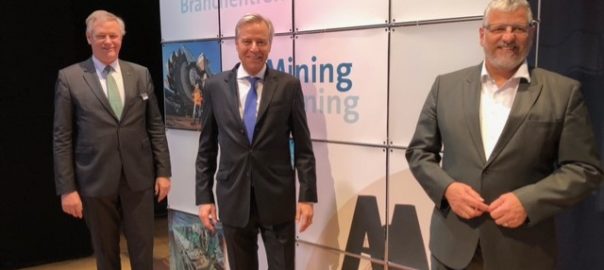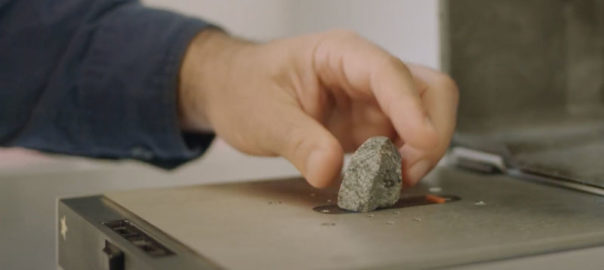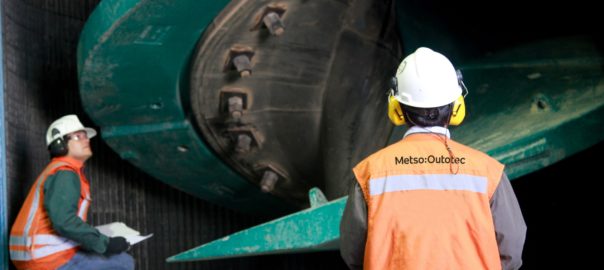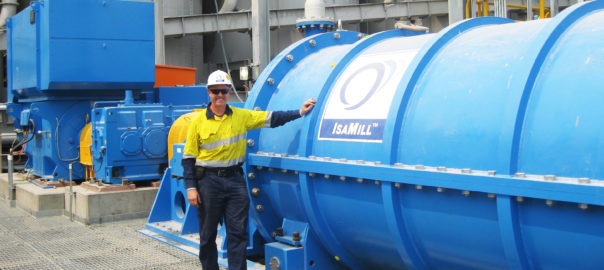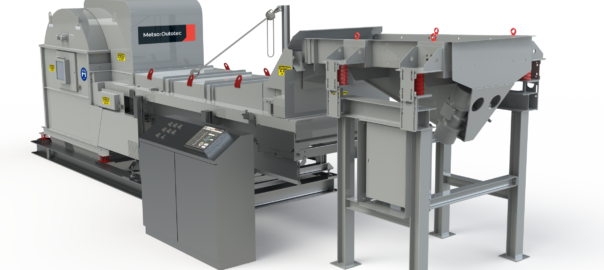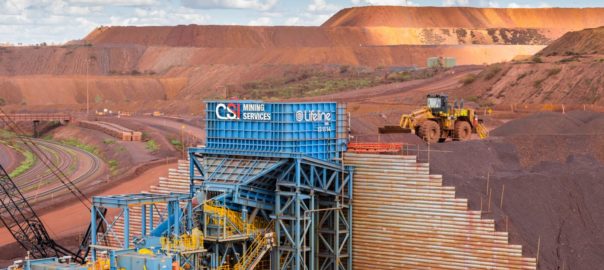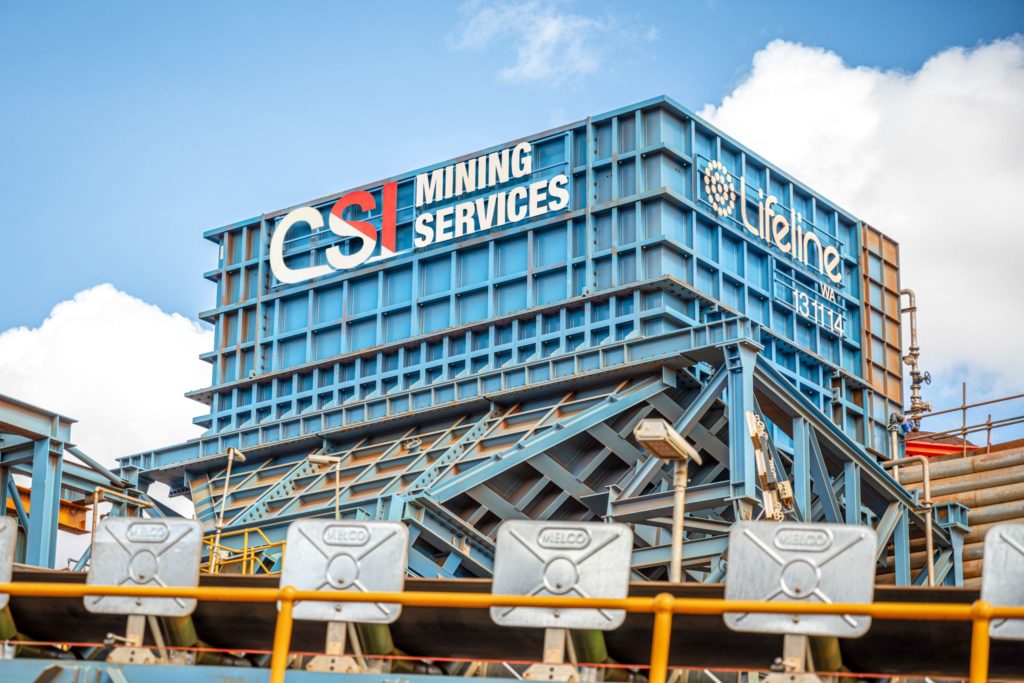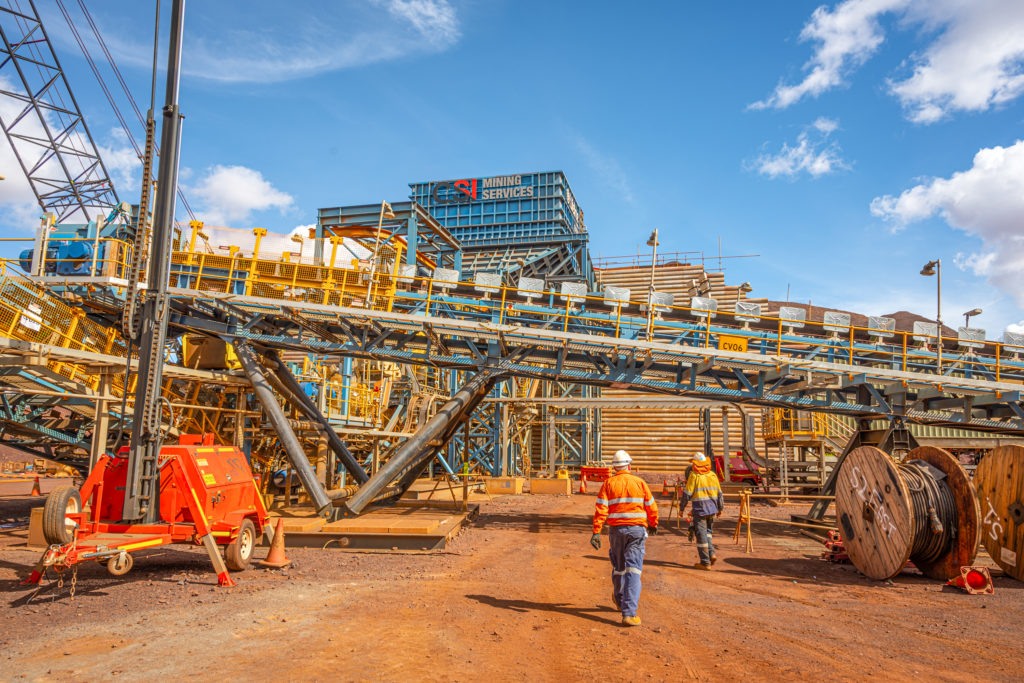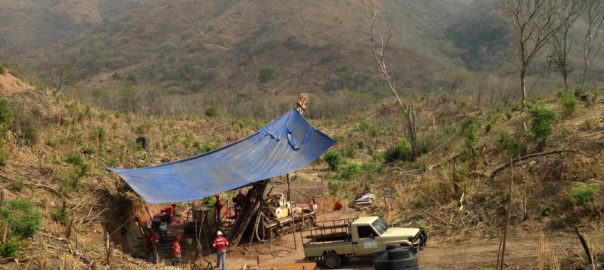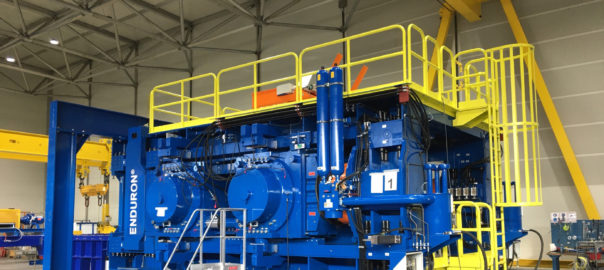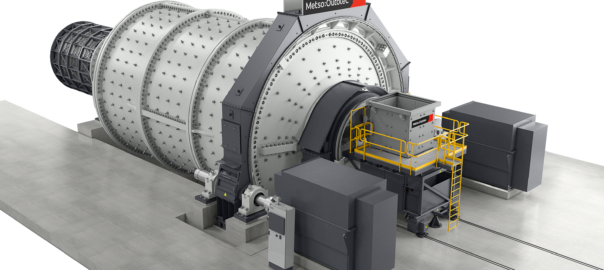Weir Minerals has upgraded its range of Trio® TC live-shaft cone crushers, incorporating the latest technology to ensure it remains integral to flowsheets long into the future, the OEM says.
The Trio® TC84XR features all the robust design elements that have made live-shaft crushers a fixture of the mining and sand and aggregate industries for generations, but updated it with new smarts, according to Weir Minerals.
Mark Utecht, Weir Minerals’ Director of Comminution Engineering, said: “The Trio TC cone crushers’ live-shaft design has been proven to perform in heavy-duty secondary and tertiary crushing applications. We wanted to build on this strong foundation. My team followed a comprehensive design process – we’ve reviewed and tested every inch of this crusher. While the TC84XR may seem familiar on the outside, we’ve upgraded its design and control functionality. The motor is larger and it has a much higher crushing capacity compared to equivalent sized crushers.
“The result: we now have an incredibly robust, powerful and technologically advanced crusher that is easy to operate, has a low wear rate and uses less energy, which ultimately lowers operating costs.”
While many OEMs have made the decision to discontinue their live-shaft cone crushers, Weir Minerals says it has resisted this trend, believing that, because every mining and sand and aggregate operation is different, there can’t be a one-size-fits all approach.
There are some applications and situations where pedestal (fixed-shaft) style crushers may be the more appropriate solution, which is why Weir Minerals continues to manufacture the premium Trio TP pedestal style machine, it said. Weir Minerals claims to be the only global equipment manufacturer offering both the TC live shaft and TP fixed shaft style machines.
“The combination of the Trio TP and TC fixed and live-shaft cone crushers ensures that Weir Minerals continue to offer their customers the right technology, regardless of their site structure, operating conditions or application,” Utecht said.
Trio live- and fixed-shaft cone crushers are made for modern mines and quarries with advanced hydraulics, wear resistant material and the latest technology, according to the company.
Ekkhart Matthies, Weir Minerals’ Global Application Director, said: “This is really exciting for our customers, as they now have a real choice. The combination of our TC and TP series allows us to have an honest conversation with our customers on the options available to them and make a technological recommendation which truly meets their needs.”
Replacing existing live-shaft style machines on site with the Trio TC84XR crusher is now a straightforward process because it has very similar dimensions and is a comparable weight to its live-shaft predecessors, Weir says. And because it produces the same product, downstream changes aren’t required, which isn’t the case when replacing a live-shaft style machine with a fixed-shaft style machine.
“In other words, there is no need to re-design existing circuits,” the company said.
Technology upgrades
The recent technology upgrades in the Trio TC84XR crusher have improved its safety, functionality and reliability, according to the OEM.
Matthies explained: “At Weir Minerals, we understand and appreciate the important role live-shaft cone crushers play in today’s challenging crushing applications. Combining decades of experience and first-hand customer feedback with innovative designs, the highest quality materials and latest in control technology, we believe that our new Trio TC84XR cone crusher is the most reliable and robust live-shaft cone in the market today.”
Engineered to perform in the most extreme applications, the Trio TC84XR crusher is robust and easy to maintain and operate, according to the company. It reliably delivers high crushing force and high horsepower in primary, crushed ore and quarry rock applications.
The ability of the TC84XR crusher to handle variable feed and crush pebbles is also partly a result of its large motor; it’s been designed with higher power capability than comparable cone crushers. Ultimately, this translates to a higher potential crushing force and, therefore, increase in production, Weir said.
Another feature that allows it to handle variable feed, as well as deal with tramp material safely, is the fully-automated tramp-release and setting recovery system. The tramp release hydraulics can also be used to safely clear the crushing chamber should a sudden disruption in plant power cause a shutdown of the cone crusher.
The socket assembly has been redesigned to improve sealing, which has optimised functionality and manufacturability by reducing the machining setups of the socket and seal rings, it said. The Weir comminution team has also redesigned the countershaft assembly to remove welding and machining, while simultaneously improving venting and the dust seal.
The Trio TC84XR crusher, like the range of TP series cone crushers, can be fitted with ESCO® wear parts, designed with superior ESCO alloys, which can be custom designed based on specific requirements.







